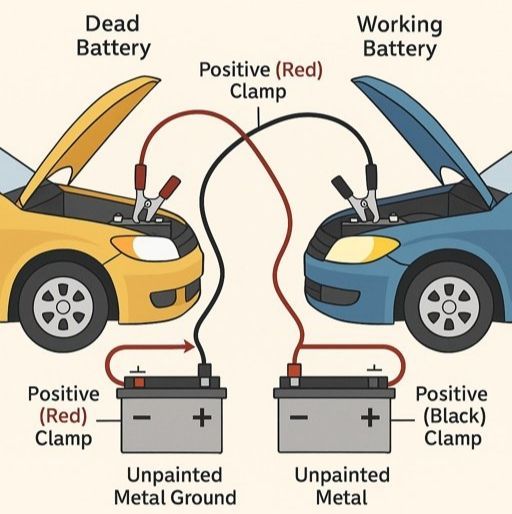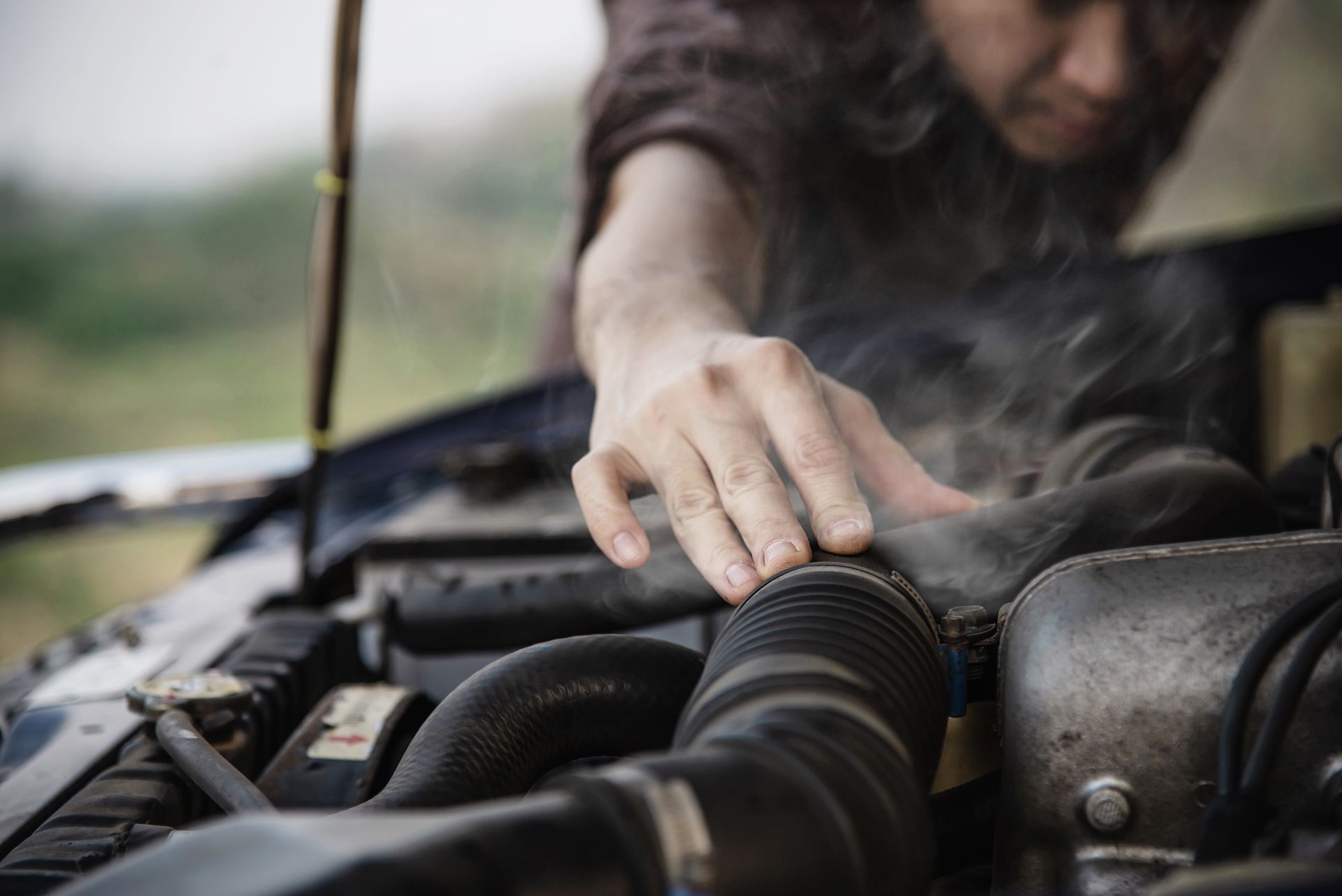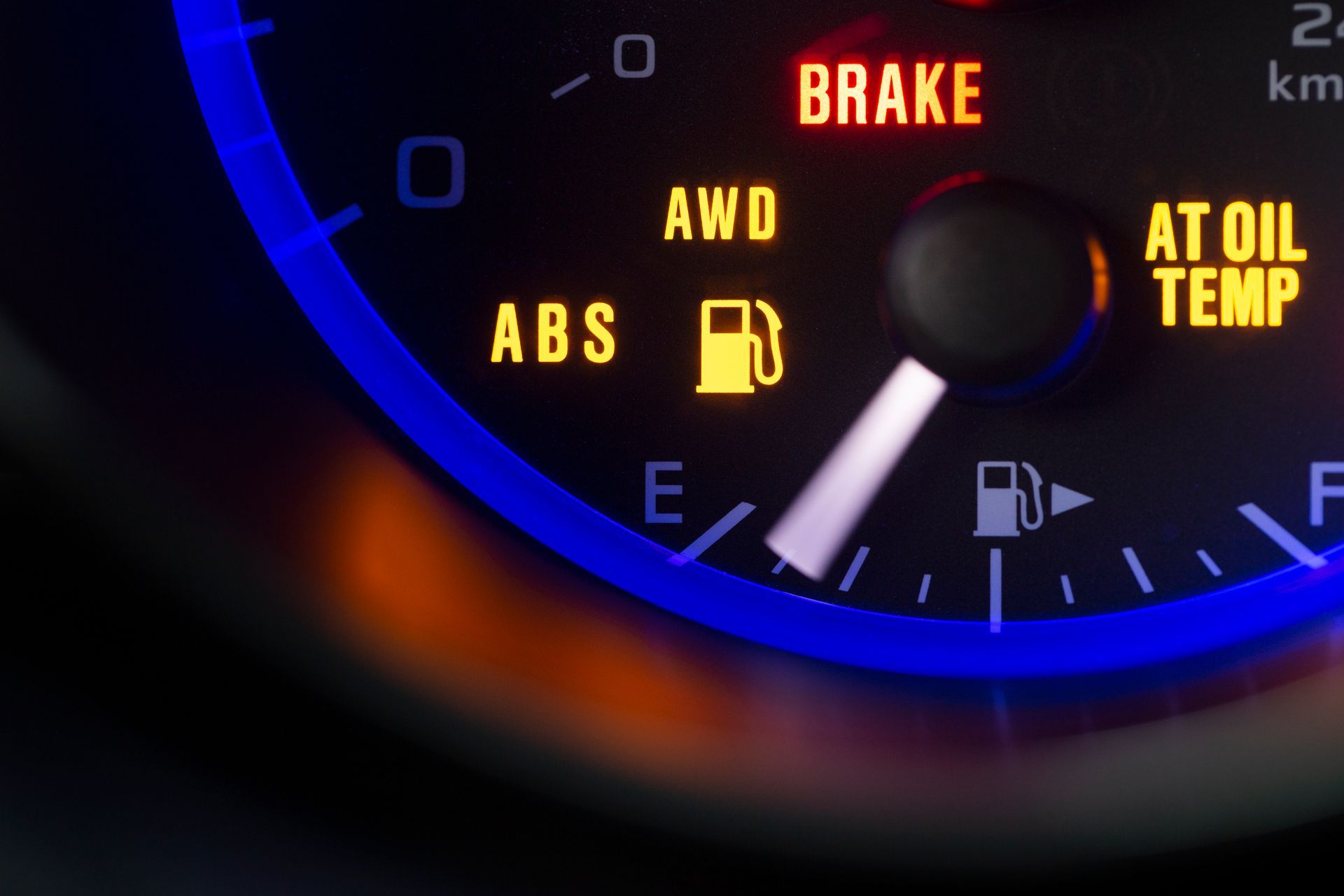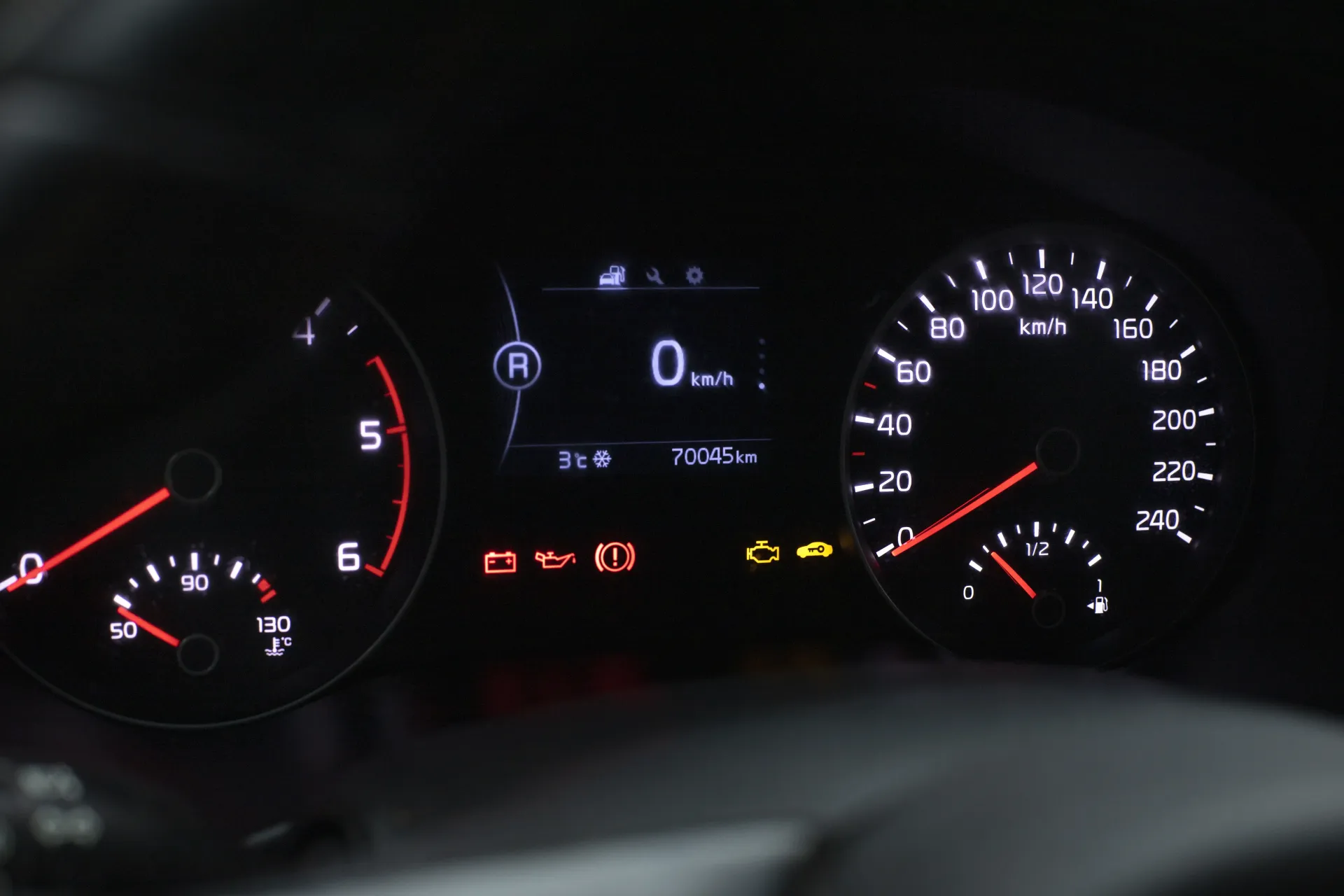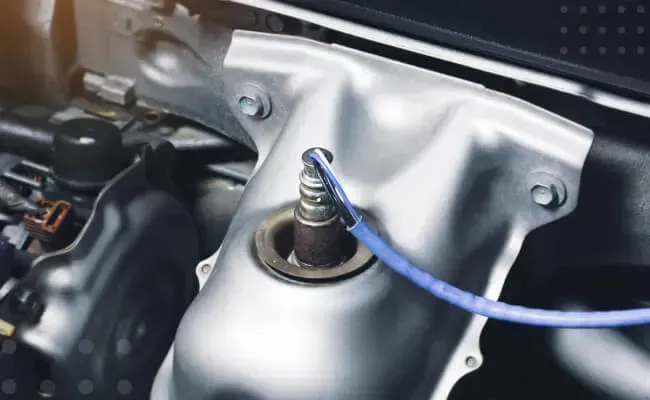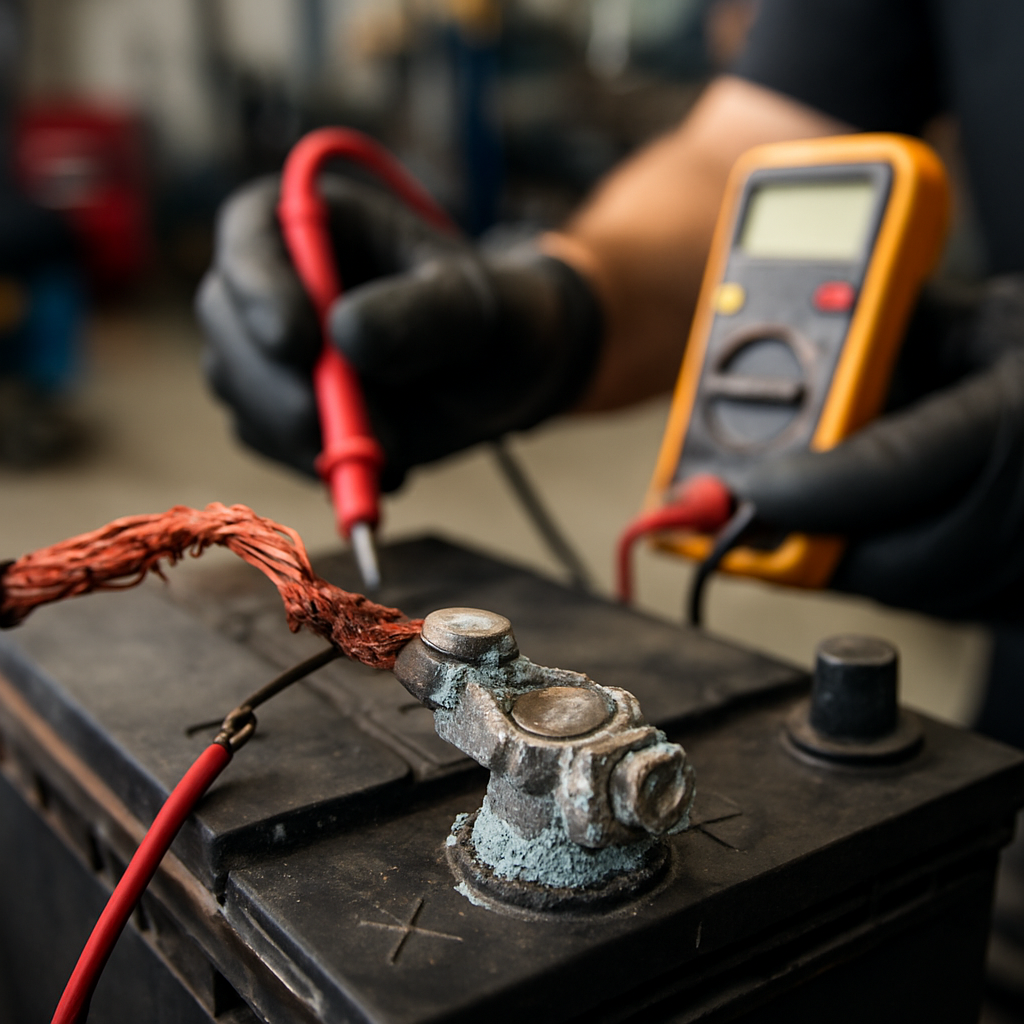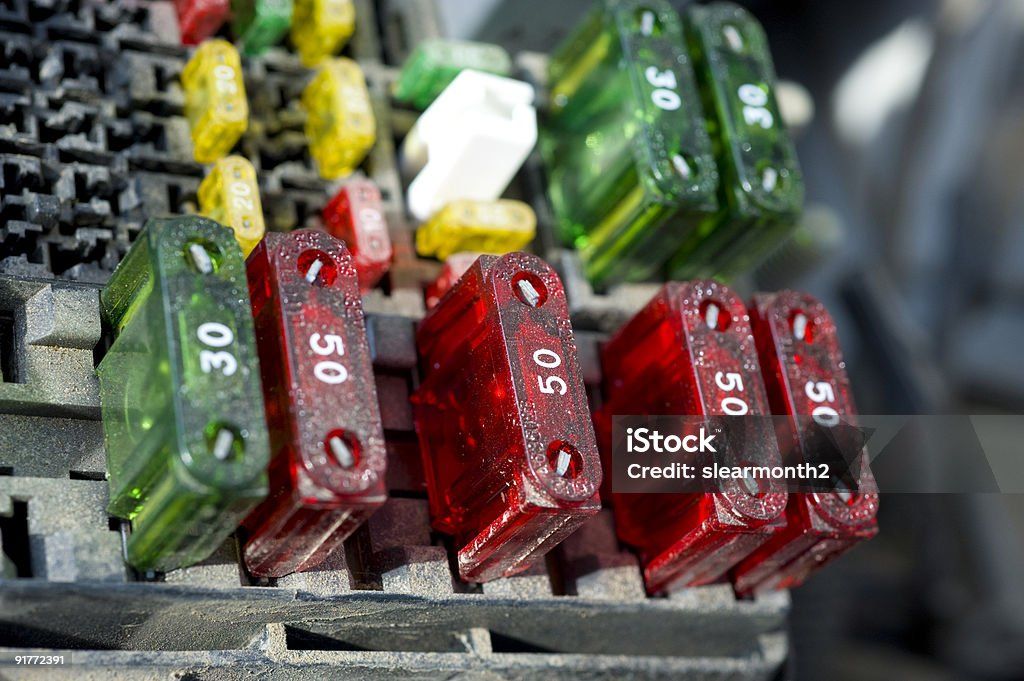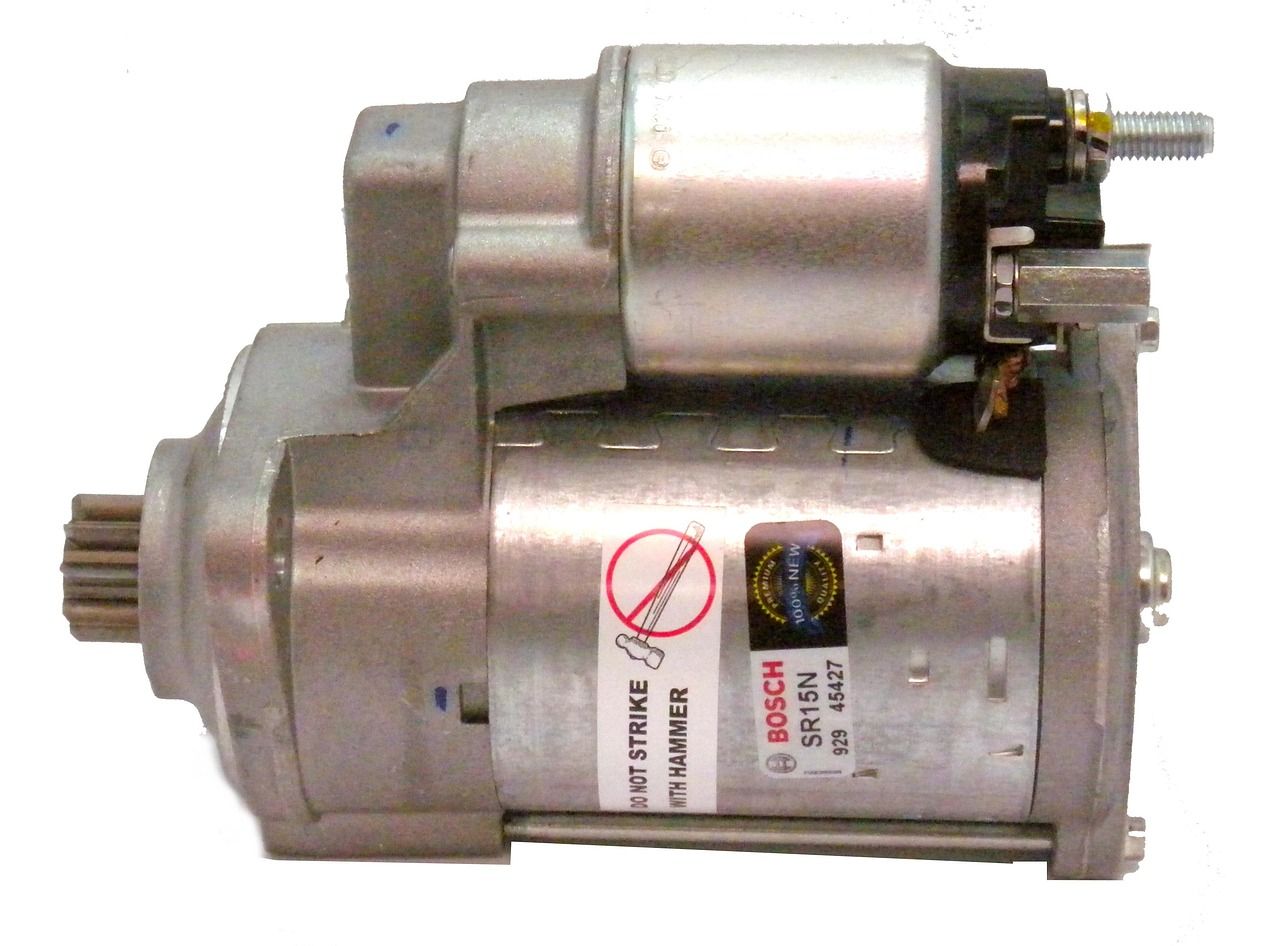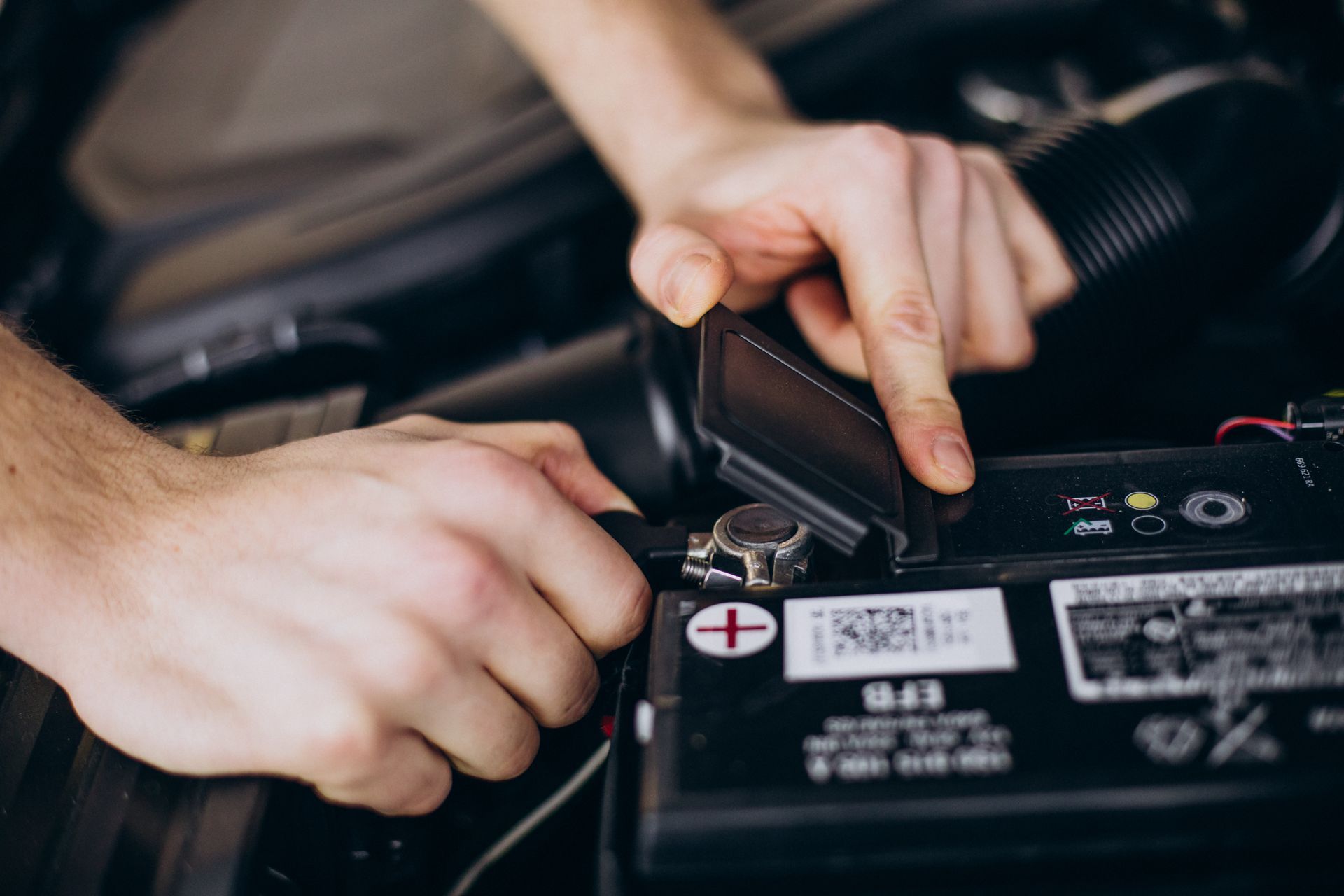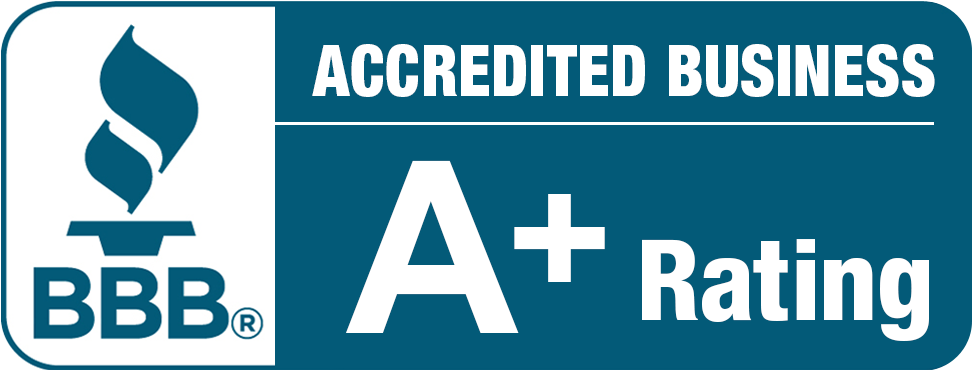Alternator Failure
What is an Alternator?
Your car’s alternator is essentially its engine-driven generator and battery charger. After you start the engine, the alternator spins (via a belt connected to the crankshaft) to recharge the battery and power all electrical components while you drive. In plain terms, it keeps your radio, headlights, power windows, and dashboard electronics running without draining the battery. Think of it as the part that converts engine power into electrical energy to keep everything running smoothly. Without a working alternator, even a healthy battery would run down quickly and leave you stranded.
Common Signs of Alternator Failure
Most modern cars will give you clues if the alternator starts to fail. You might notice that your headlights or interior lights dim or flicker (especially at low idle) or that the radio and dashboard lights go in and out. Another tip-off is frequent dead batteries or difficulty starting: if you find yourself jump-starting the battery more than usual, the alternator may not be recharging it properly. You might also catch a strange burning or electrical smell under the hood, which can happen when the alternator’s belt or wiring overheats. Unusual noises like squealing, whining, or grinding from the engine compartment are a warning sign too. Finally, pay attention to dashboard warning lights: many cars will light up a battery or charging system icon if the alternator isn’t keeping up.
Dim, flickering, or unusually bright lights: Headlights (or interior lights) that change intensity for no reason can mean the alternator isn’t supplying consistent power.
Frequent dead battery/jump starts: A healthy alternator keeps the battery charged. If your battery keeps dying on its own, even when it’s relatively new, a faulty alternator may be to blame.
Burning smell from under the hood: This often comes from a slipping or worn out alternator belt, or overheated internal parts. Smelling rubber or electrical insulation is a red flag.
Odd noises under the hood: Whining, growling, or grinding sounds can indicate worn bearings or a bad pulley in the alternator.
Battery/charging warning light on dash: Many cars have a dash light (often a battery icon) that alerts you if the charging system isn’t working properly.
If you spot one or more of these symptoms, have your car checked soon. Even though a failing alternator might not stop you instantly, it usually gets worse over time, and catching it early can prevent a breakdown.
What Causes Alternator Problems?
Alternators are built tough, but they can wear out or get damaged. Common causes of alternator failure include:
Worn internal parts: The alternator contains brushes, bearings, and other parts that eventually wear out with use. Over time, this reduces its ability to generate electricity.
Broken or slipping drive belt: The alternator is driven by a serpentine belt (or V-belt) from the engine. If that belt breaks, slips, or loses tension, the alternator can’t spin properly to charge the battery.
Contamination: Oil, coolant, or even water can leak onto the alternator and damage its internal components. This is especially common if a nearby engine gasket fails.
Heat and vibration: Excessive engine heat or constant vibration (common in older vehicles or rough-driving conditions) can shorten the alternator’s life.
In simple terms, alternators often fail from wear and age. If your vehicle is over 8–10 years old or has 100,000+ miles, an alternator problem isn’t unusual. Regular inspections can catch minor belt wear or light oil leaks before they kill your alternator.
Can I Still Drive with a Bad Alternator?
Technically, yes for a short while. Once the alternator fails, your car will run only on the remaining battery power until that charge is used up. Firestone Complete Auto Care notes that in practice you might get “a few minutes to about an hour or two” of driving before the car dies once the alternator stops charging. However, newer cars put heavy electrical demands on the alternator (for things like engine cooling fans and power steering), so the battery can drain very quickly.
In other words, driving on a bad alternator is risky. You could suddenly lose power steering or have your lights go out (especially at night), creating a safety hazard. If the alternator quits, your battery will soon die and the car will stall. For this reason, experts advise not pushing your luck: pull over safely as soon as possible and call for help. One guide even suggests that if your alternator dies while driving, you should “try and maneuver the vehicle off the road” immediately and call for assistance. Pushing on could leave you stranded in traffic or damage the battery further.
Bottom line: you might drive a short distance to get home or to a shop, but don’t keep driving long-term on a failing alternator. It’s best to address the issue right away to avoid a breakdown or extra wear on the battery.
How Professionals Diagnose It
When you take the car to a shop like Deluxe Paint & Body Works, the technicians will use specialized tests to pinpoint an alternator issue. One common method is the load test/jumper test: a mechanic will connect your battery to a running vehicle with jumper cables. If your engine stalls as soon as the cables are removed, it’s a strong sign the alternator isn’t keeping the battery charged.
Another key test is using a multimeter or diagnostic scanner. A healthy alternator should produce around 13.5–14.5 volts when the engine is running. Technicians will measure the voltage at the battery terminals; Firestone notes that anything significantly lower (or higher) suggests the alternator is failing. Modern repair shops often have computerized diagnostic tools as well, which can read the car’s on-board computer for charging-system codes.
In addition to electrical tests, professionals will inspect the drive belt and all wiring connections. They look for a loose belt, worn pulley, or corroded terminals, since even a loose cable can mimic alternator trouble. By systematically testing and inspecting, a good technician can confirm whether the alternator is the culprit or if another electrical issue is at play.
Repair or Replace? What You Need to Know
If the alternator is indeed bad, most shops will replace it rather than try to rebuild it. As Firestone explains, “in most cases, a bad alternator will need to be replaced” and it’s usually a job for a professional. An alternator replacement involves removing the serpentine belt, unbolting the old unit, and installing a new or remanufactured alternator that matches your vehicle.
Aftermarket and OEM alternators are commonly used, and good quality replacements come with warranties (often 1–3 years) on parts. Because the alternator is critical to your car’s reliability, it’s wise to let a certified technician handle the swap. They’ll ensure the belt is tensioned correctly and the electrical connections are secure. While alternator replacement does cost time and money, remember that a fresh alternator can last many years; it’s usually cheaper than dealing with repeated dead batteries or tow fees.
For alternator repair in Charlotte, NC, it’s a good idea to get an estimate from a reputable local shop. Many Charlotte-area auto repair centers (including Deluxe Paint & Body Works) offer alternator replacement at competitive rates. In any case, replacing a bad alternator typically takes only a couple of hours once the correct part is on hand.
How to Prevent Future Alternator Issues
A little preventive care can help your alternator last longer. Here are some tips:
Check the alternator belt regularly: Inspect the serpentine belt that drives the alternator for cracks, glazing, or looseness. Replace it if it shows wear. A good belt ensures the alternator spins correctly.
Monitor your battery’s health: A weak or old battery forces the alternator to work harder. Keep your battery terminals clean (no corrosion) and have the battery tested periodically. Firestone notes a healthy battery should read about 12.6 volts when the engine is off; a lower voltage could strain the charging system.
Keep connections clean: Corroded or loose cables at the battery or alternator can mimic failure. Make sure all connections are tight and free of grease or corrosion.
Follow the maintenance schedule: Regular tune-ups and fluid changes help avoid surprises. During routine service, a mechanic will often check the charging system voltage, belt condition, and belt tension. Catching a minor fault early can prevent a breakdown.
Small steps like these can go a long way: As one expert puts it, “a little preventive maintenance can go a long way in avoiding alternator failure”. By keeping your battery and charging system in good shape, you’ll reduce the chances of an unexpected alternator problem down the road.
This is paragraph text. Click it or hit the Manage Text button to change the font, color, size, format, and more. To set up site-wide paragraph and title styles, go to Site Theme.
Alternator Repair by Experts You Can Rely On
At Deluxe Paint & Body Works, we take alternator issues seriously. Our experienced technicians use advanced diagnostic tools to accurately detect and address charging system problems. From inspection to repair, every step is handled with precision and care.
We’re proudly serving the Charlotte community and surrounding areas, offering quality service backed by professional workmanship and customer-focused support. If your vehicle shows signs of alternator trouble, visit our shop for trusted auto care you can count on.


